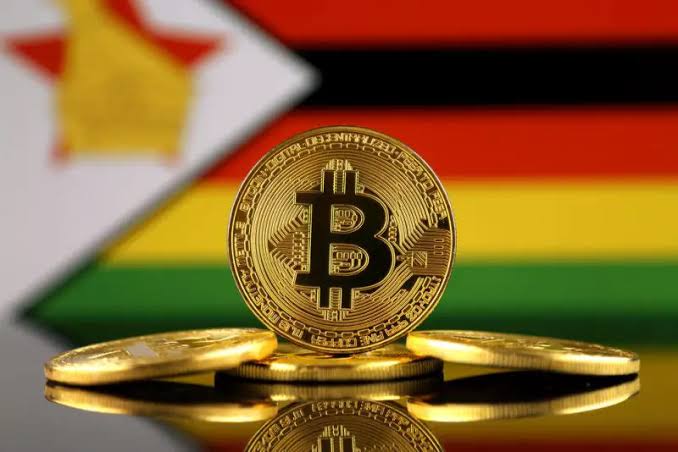In April 2023, the Reserve Bank of Zimbabwe unveiled its new scheme, which called for each digital token to be backed by a specific quantity of actual gold that was stored in the bank’s reserves.
The gold-backed digital token known as Zimbabwe Gold (ZiG) began accepting payments in full on October 5. The Reserve Bank of Zimbabwe (RBZ) announced the launch.
In April 2023, the RBZ officially unveiled their new initiative. The central bank stipulated that each digital token issued would be backed by a specific quantity of actual gold kept in the bank’s reserves. Following a successful adoption, the RBZ began releasing actual gold tokens last year.
The goal of both physical coins and the recently launched ZiG is to entice local investors to invest in domestic assets rather than US dollars, which is a difficult undertaking in a nation with triple-digit inflation rates. Dr. John Mangudya, the governor of the RBZ, earlier stated:
“The issuance of the gold-backed digital tokens is meant to expand the value-preserving instruments available in the economy and enhance the divisibility of the investment instruments and widen their accessibility and usage by the public.”
Digital tokens are tradeable for P2P and commercial transactions and can be kept in e-gold wallets or e-gold cards.
Depending on the size of its gold reserve, the RBZ announced numerous price levels for which ZiG may be either. So, 1 ounce of ZiG costs $1,910, and 0.1 ounce costs $191. According to the Bank, investors purchased 17.65 kg of ZiG on September 28 using both Zimbabwean and US money. Around 350 kilogrammes of gold have been sold as ZiG overall during the previous rounds of digital token sales.
For more than ten years, Zimbabwe has struggled with growing inflation and unstable currency. Due to a period of hyperinflation that had made the local currency nearly worthless, the country decided to make the U.S. dollar its official currency in 2009. Zimbabwe revived its own currency in 2019 in an effort to boost the domestic economy. However, a revival of currency volatility occurred after this shift.


